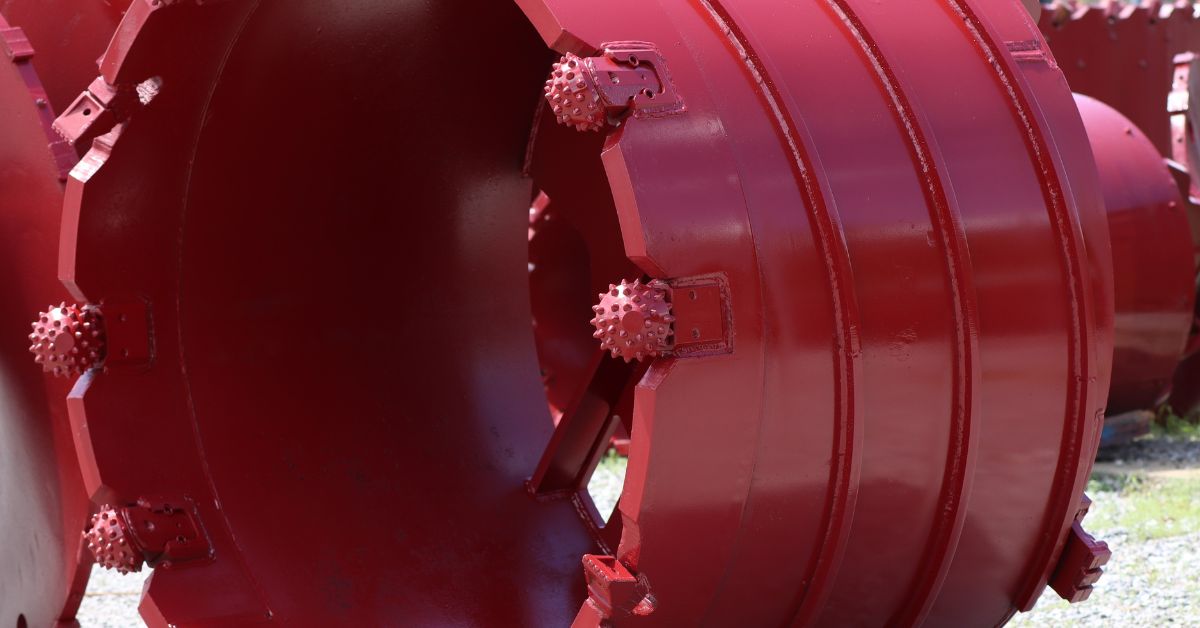A Complete Guide To Pile Drilling in Loose Soils

Foundation work is the bedrock of any stable structure, and when the ground itself is unstable, the challenges multiply. Sand, gravel, soft clays, and other loose soil types present unique difficulties for construction projects, requiring specialized techniques to ensure a secure foundation.
Pile drilling is a critical solution in these environments, transferring structural loads through weak soil layers to more competent strata below. This article provides a complete guide to pile drilling in loose soils, covering the essential methods, challenges, and solutions required for successful project execution.
Understanding Soil Instability
Loose or non-cohesive soils lack the particle cohesion found in dense clay or rock. This characteristic means they are prone to collapse, especially during excavation or drilling. The primary concern is borehole instability, where the sides of the drilled hole cave in before crews can pour the concrete.
Soil instability not only compromises the integrity of the pile but also poses enormous safety risks on site. Water ingress is another major issue, as high-water tables common in sandy or gravelly areas can lead to soil liquefaction and further destabilize the borehole.
The Problem With Unconsolidated Ground
Unconsolidated ground formations cannot naturally support the vertical sides of an open excavation. Using a traditional auger removes soil, creating a void. The surrounding soil, lacking internal strength and subject to pressure from above, immediately begins to fill this void.
This process can be gradual or sudden, but either way, it prevents the creation of a clean, stable shaft necessary for forming a concrete pile. The presence of groundwater exacerbates this, creating a slurry that flows into the hole and prevents any meaningful progress.
Casing and Its Critical Role
Teams install a temporary or permanent steel tube, known as a casing, to counteract borehole collapse. This casing acts as a retaining wall, holding back the surrounding soil and any groundwater, thereby creating a stable environment for drilling and concrete placement.
The casing is typically advanced into the ground using a vibratory hammer or a rotary drive attached to the drilling rig. Its diameter is slightly larger than the planned pile diameter, allowing the auger to operate freely within it.

Methods of Casing Installation
The method used to install the casing depends on the specific ground conditions and the project requirements. Vibratory hammers are highly effective in granular soil, such as sand or gravel, using high-frequency vibrations to liquefy the soil immediately around the casing, which reduces friction and allows it to sink under its own weight or with applied downward pressure.
Crews may use a rotary drive to twist the casing into the ground, sometimes with cutting teeth at its base, if the soil is dense or contains obstructions. This technique provides more torque and can help the drill overcome greater resistance.
The Drilling Process in Cased Holes
After installing the casing to the required depth, teams can safely proceed with drilling within its protective sleeve. An auger, sized to fit inside the casing, excavates the soil. As the crew withdraws the auger, it brings the soil to the surface for removal. They repeat this process until they reach the target pile depth, or “toe level.”
The team typically determines this depth using geotechnical reports indicating a layer of dense, load-bearing soil or bedrock. Then, they clean out the base of the hole to ensure there is no loose debris, which could compromise the pile’s end-bearing capacity.
Reinforcement and Concreting
With the borehole excavated and clean, the next step is to place the steel reinforcement cage. This prefabricated cage provides the pile with tensile strength, allowing it to resist bending forces. The team carefully lowers the reinforcement into the cased hole, ensuring they center and suspend it at the correct height.
Then, the crew pours in the concrete using a tremie pipe. This pipe extends to the bottom of the borehole, allowing the concrete to fill the hole from the bottom up. This technique displaces any remaining water or slurry, prevents contamination, and ensures a solid, continuous pile. The team then slowly withdraws the tremie pipe as the concrete level rises.
Extracting the Casing
After pouring the concrete to the required level, the team must extract the temporary casing. They must remove the casing before the concrete begins to set, or it will permanently bond to the pile. The crew slowly and carefully performs this extraction to avoid creating a vacuum that could pull the wet concrete upwards and create voids or “necking” in the pile shaft. They continuously monitor the level of concrete inside the casing and top it up during extraction to maintain positive pressure, ensuring the fluid concrete fills the void left by the casing.
Alternative Pile Drilling Techniques
While casing is the most common method for dealing with loose soil, teams can also employ other drilling techniques, sometimes in conjunction with casing.
Drilling Fluids for Stability
Drilling fluids, such as bentonite slurry or polymer-based fluids, can maintain borehole stability in certain situations. The team pumps the liquid into the borehole as they drill. The hydrostatic pressure of the heavier fluid counteracts the pressure from the surrounding soil and groundwater, preventing collapse.
This method eliminates the need for a full-length casing, though crews may still use a top casing to guide the auger. After excavation, the team pours in concrete using a tremie pipe, displacing the lighter drilling fluid, which they collect and recycle.
Continuous Flight Auger Piling
Continuous Flight Auger (CFA) piling is another effective method for pile drilling in loose soil. Teams use a hollow-stem auger to drill to the required depth in a single, continuous process. The auger flights remain full of soil, which provides support to the borehole walls. Once they reach the target depth, the team pumps concrete down through the hollow stem.
As the concrete fills the pile from the bottom, the crew slowly withdraws the auger, bringing the excavated soil with it. Then, they immediately push the reinforcement cage into the wet concrete. This method is fast and minimizes the amount of spoil brought to the surface during drilling.
Are you in need of high-quality foundation drilling tools that deliver consistent performance and reliability? Look no further than Jeffrey Machine! With years of industry expertise, we pride ourselves on providing durable, innovative tools designed to meet the toughest drilling challenges. Our tools will help you and your crew get the job done efficiently and effectively, whether you’re tackling a complex construction project or routine drilling work. Give us a call today!

Ensuring a Successful Foundation
Pile drilling in challenging ground conditions is a complex process that demands expertise and careful planning. The project’s success depends on a thorough understanding of the site-specific geotechnical conditions, which informs the selection of the most appropriate equipment and methodology.
This information serves as a complete guide to pile drilling in loose soils for those managing such projects, highlighting the critical steps and considerations for your project. Proper and successful execution ensures the creation of a durable foundation system capable of supporting the structure for its entire design life.
